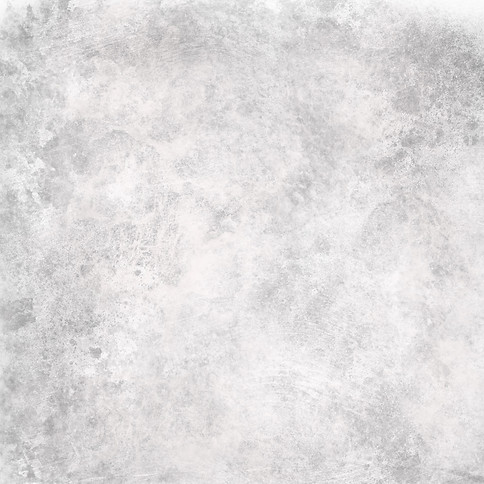

Muses and sirens
there is enchantment in this treacherous terrain

“Anima Projection”, oil on canvas (2014) and photoshop (2019):
behold the shift-faced Muse/Siren, conjunction of psyche and soma, perched on the bastion of Attraction/Distraction, Seduction/Abduction, Inspiration/Expiration, her voice pitched like a razor blade of distinction. Discern the song and shore with certainty before you abandon ship and swim to her isle. Are you swimming to or from yourself? Are you waving or drowning?
I cannot tell my story without it being a tale of attraction and distraction, seduction and abduction. Terence Mckenna used to speak of a "transcendental object at the end of time", a "strange attractor" that draws all things towards it through a mutational process until they become fully realized in the likeness of this thing. I think it is equally as important to acknowledge the many strange "distractors" along the way that muddle, mimic, and mute the signal of this beckoning call.
The song of the sirens, in The Odyssey, is a perfect metaphor. As much as they may sound like the song of the muse, their inspiration is your expiration. But the music, oh the music, it is so hauntingly beautiful. To die for, even. One of my proudest lyrics speaks to this self-destructive/distactive tendency:

Sailing past the silent sirens,
I request of them a song,
cause you know my ship's been (w)reckless for unfathomably long
Should you choose to raise the dead
be sure to raise them well
or they might grow up
to become a living hell


"Safe Passage", acrylic on canvas, 2016

"Bast, Daughter of Ra", ink and pencil on paper, 2005
.jpg)
"Seduction/Abduction",
white pencil and ink on black paper, 2005
With ovarian overtures, this piece speaks to the fertile, reproductive mysteries, guarded by the femalien half of the species, in whose bodily biological laboratories new life can be created once seduction has turned to abduction, and womanhood becomes mothership.
In film noir the term "femme fatale" is used to describe the seductive siren that ultimately leads the hero to his shipwreck, but in "Froudian" psychology there are subtler interpretations plotted in the employment of the words’ origins. Folklorist and faery expert Brian Froud, the designer of the worlds in Jim Henson’s The Labyrinth and The Dark Crystal, says the following, illustrating a paradox after relating the word “fae” or “faery” to the word “fate”:
“Faery women were once called ‘fateful women’ (femmes fatales): desirable, seductive, empowered with supernatural gifts and with an intimate knowledge of the hidden powers of stones, plants, and all things natural. These women were the guardians of special groves, streams, wells, and other sacred places of beauty and power.”[1]
This description paints an almost contradictory picture from how it is used in the noir context. In essence, I believe, all women are femmes fatales, engendering as they do the portal to man's immortality, jangling the reproductive keys to mankind’s fate, and that notion—when viewed with the second sight of a mystical air can come across as rather ominous, humbling, or "noir", because it implies they also hold the key to his extinction.
#thefutureisfemale
[1] Brian Froud, Good Faeries, Bad Faeries










































